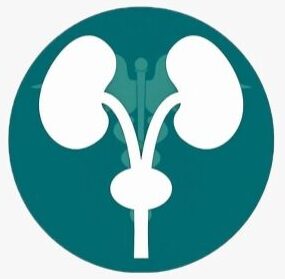CLT in Urology – The field of urology has witnessed significant advancements in recent years, with innovative techniques revolutionizing the way urological conditions are treated. One such technique that has gained prominence is CLT (Catheterless Linear Transducer) in urology. This groundbreaking procedure has transformed the landscape of urological treatments, providing patients with effective and minimally invasive solutions. In this article, we delve into the science behind CLT in urology, exploring how it works, its benefits, and its applications in various urological conditions.
Understanding CLT in Urology
Before delving into the science behind CLT’s, it is essential to understand what CLT is and how it is used in urology. CLT’s is a cutting-edge technology that utilizes a catheterless linear transducer to perform imaging and diagnostic procedures in the urinary system. Unlike traditional catheter-based techniques, CLT’s offers a non-invasive approach, eliminating the need for catheter insertion.
Urology is a specialty of medicine that focuses on diseases of the urinary tract and the male reproductive organs. Treatments and technologies in this field are broad and include everything from medication management to surgical intervention.
If “CLT” is a specific method or technology that has been introduced after my last update, I won’t be able to provide specific details. Alternatively, if “CLT” stands for something else in your context, kindly clarify so I can provide an accurate response.
If “CLT” represents a specific urological condition, treatment, or technology, you might want to consult with a healthcare professional or use a reliable, up-to-date medical source for the latest information.
The Mechanism of CLT
The mechanism behind CLT’s involves the use of high-frequency sound waves to generate real-time images of the urinary tract. The CLT’s device consists of a linear transducer, which emits sound waves and captures the reflected signals to create detailed images. These images provide urologists with valuable insights into the structure and functionality of the urinary system.
Conclusion: What is CLT in urology
The science behind CLT’s in urology represents a significant breakthrough in the field of urological treatments. With its non-invasive approach, real-time imaging capabilities, and wide range of applications, CLT’s has revolutionized the way urologists diagnose and treat various urinary system conditions. As technology continues to advance, CLT’s holds immense potential for further improvements and innovations, paving the way for enhanced patient care and outcomes.
Remember, if you have any specific concerns or questions about CLT’s in urology, it is always best to consult with a qualified urologist who can provide personalized guidance based on your individual needs and condition.
FAQs: What is CLT in urology
What are the benefits of CLT in urology?
CLT’s offers several advantages in urology. Firstly, it is a minimally invasive technique that eliminates the need for catheter insertion, reducing patient discomfort and the risk of complications. Additionally, CLT provides real-time imaging, enabling urologists to visualize the urinary system with precision, aiding in accurate diagnosis and treatment planning.
In which urological conditions is CLT commonly used?
CLT’s is used in various urological conditions, including kidney stones, urinary tract infections, bladder tumors, ureteral strictures, and prostate abnormalities. Its versatility and effectiveness make it a valuable tool in the diagnostic and treatment processes.
Is CLT a safe procedure?
Yes, CLT’s is considered a safe procedure. It is non-invasive, and the use of sound waves for imaging does not pose any significant risks. However, as with any medical procedure, there may be minimal risks or discomfort associated, which can be discussed with your urologist beforehand.
Are there any limitations to CLT in urology?
While CLT’s is a remarkable advancement in urology, it does have certain limitations. For instance, it may not provide optimal imaging in patients with obesity or specific anatomical variations. Additionally, certain factors such as bowel gas or patient movement during the procedure can affect the quality of images obtained. Your urologist will assess these factors and determine the most suitable imaging technique for your condition.




